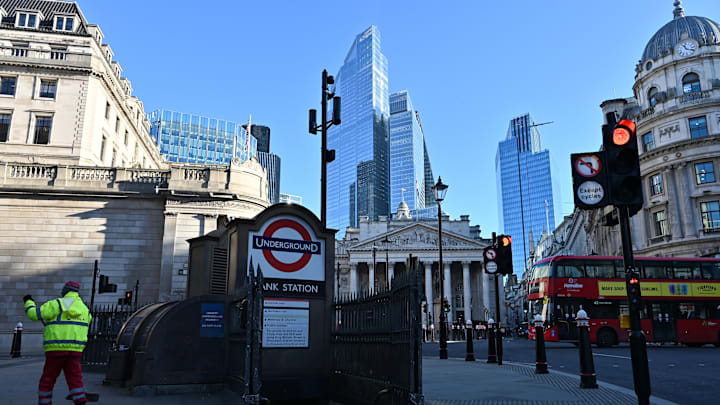The United Kingdom is one of those parts of the world where history runs deep. You can barely dig a hole without finding a historical artifact or site of some kind. This is definitely true of London, England, where evidence of human communities has been found dating back to 4500 BC. The first major settlement on the site where modern London stands was established by the Roman Empire around 47 AD. As such, finding artifacts from that era tends to come up with some frequency.
Most recently, developers were in the process of demolishing a 90-year-old commercial building in London's Financial District. In some places, a building that old would been seen as a piece of history. In London, that's borderline brand new. What was found underneath was a true archaeological wonder, a section of Roman masonry dating back more than 2000 years.

Because there is quite literally history under the feet of almost every Londoner, particularly in the Financial District, archaeologists are often required to be on the crew for projects like this. And this is a region of high historical importance. The foundations belong to a Roman basilica, a building that would have been the home to the community's administration, commerce, and courts. This makes it a key discovery in understanding what London was like during this era.
The developer of the new building has promised to incorporate the archaeological discovery into the design, or perhaps redesign, of the development. It is part of a growing push in London for what's called "historically sympathetic design" that protects the city's past while growing towards its future. This development practice is also huge for tourists heading to London. Being able to experience recently discovered archaeological finds from Roman times is always a draw.
